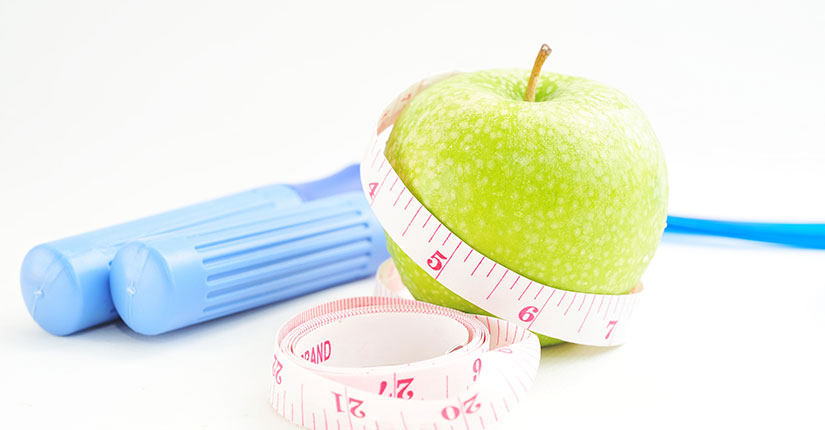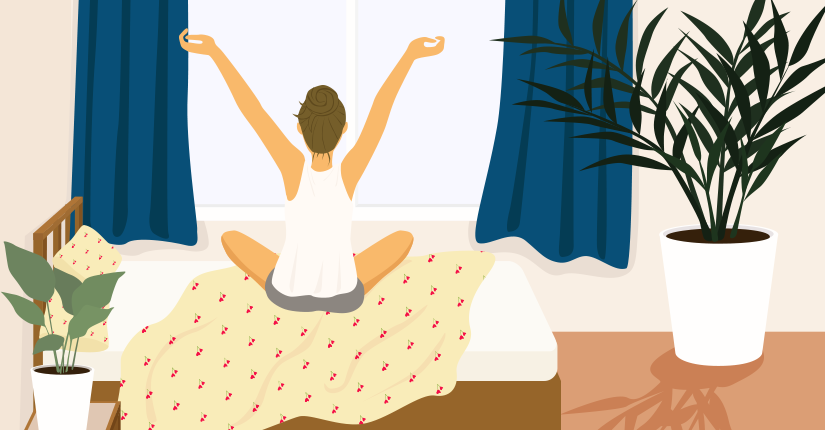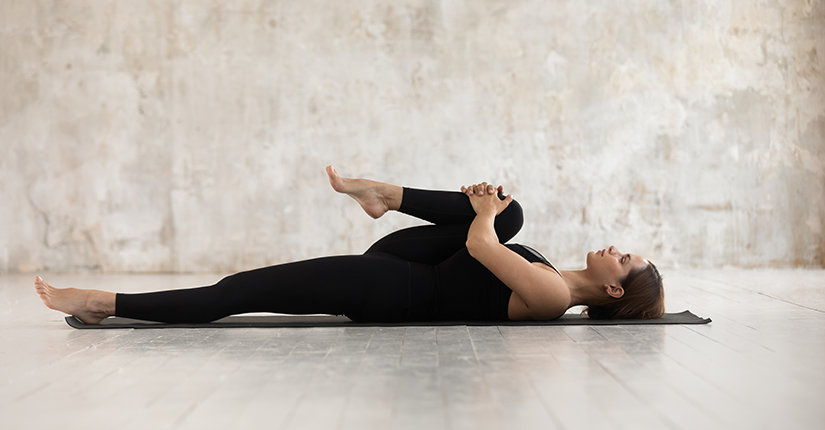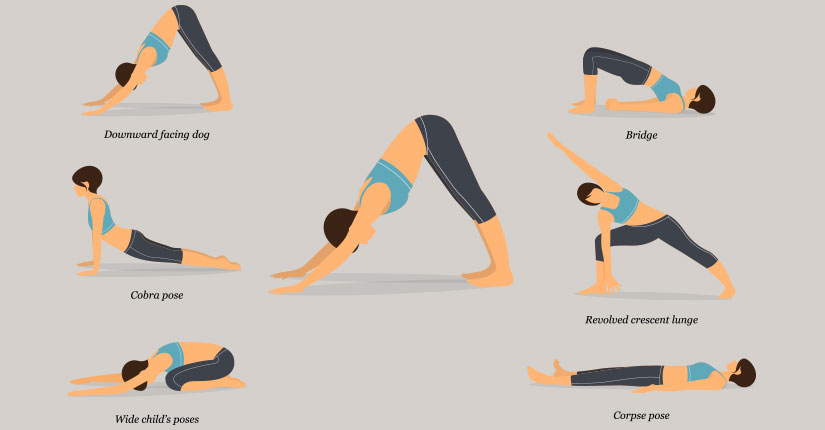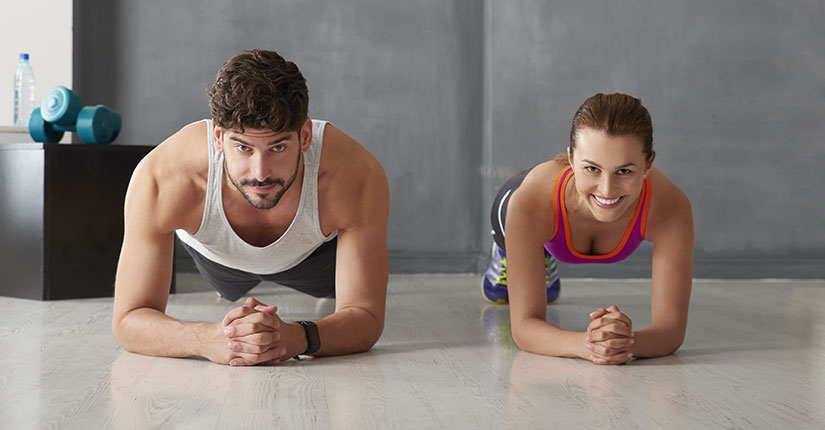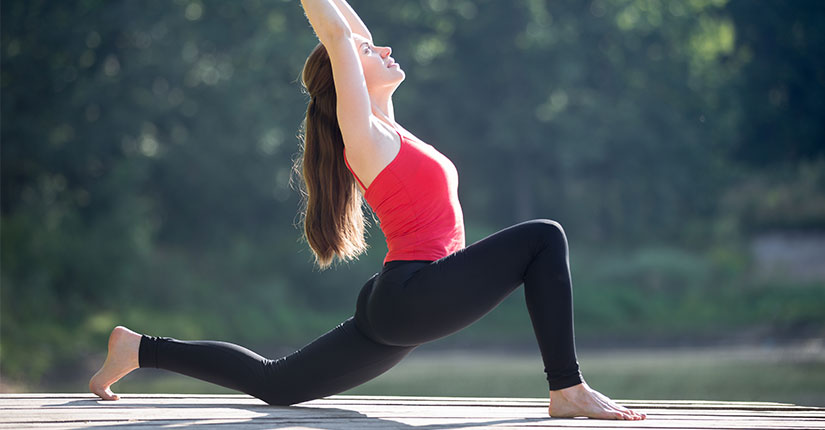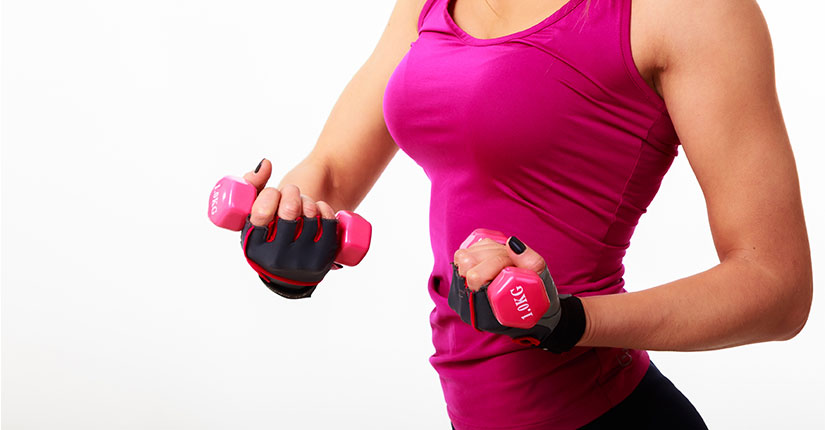Move Away from HIIT and Make Way for FIIT- All New Fitness Trend
By Nmami Life Editorial 30-Aug 2020 Reading Time: 9 Mins
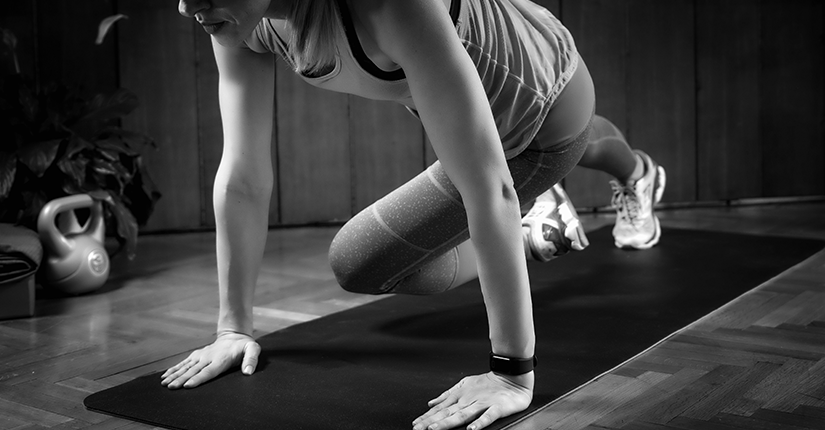
Are you still figuring out a way for HIIT workouts? We have got good news for you. Try this new trend- FITT training that could be catered as per your fitness goals. This isn’t just another fitness acronym you need to memorise, nor is it just a phase. FITT can help you enjoy your workout and bring you back in shape.
Plus, the FITT method isn’t trying to exercise your body into something it’s naturally not. It’s not a type of fad diet or a ‘promise-you-the-world’ workout. It’s simply designed to guide the development of custom fitness plans and build a workout plan around you that really works.
Most people (and various celebrities) who look forward to being healthy and looking good follow the FITT principle. It’s a great option both for those who love to participate in class work outs or are tired of doing the same thing, three days a week, at the gym.
What does FITT stand for?
- Frequency (how often you exercise)
- Intensity (how strenuous your workout will be)
- Time (how long your workout with last)
- Type (details of what kind of exercises you’re going to do)
The intention behind FITT is built around you and your individual targets, it can match an individual’s experience and your fitness levels.
We’re all different, so it’s natural to have different levels of fitness and goals we want to achieve so depending on what you are exercising for, whether that’s a marathon, weight loss, muscle gain or toning, the principles behind FITT will still work for you.
FITT workout: starting a FITT plan
We should ask ourselves these three questions first.
- Ask yourself what your current fitness level is. Are you a beginner? Are you intermediate or are you an advanced gym user.
- The next question is what do you want to achieve over the next six, nine or 12 months? Are you, for example, looking for increased muscle? Increasing your endurance levels? Weight loss? Whatever it is, only you’ll know.
- Finally, how many times will you be able to train? It’s easy to tell yourself you’re going to go to the gym every day, but that’s not necessary or achievable for most of us.
Know the right frequency
‘Lots of people ask me how often they should work out, and there isn’t one answer that fits all of us. When you’ve done any form of exercise, your body needs time to rebuild and repair. As your energy needs to be replenished and your muscles need to adapt to the demands you place on them, so they’re stronger next time, the more you exercise, the less time they have to do this, so there’s a balance to be found.
- Cardio for FITT training
If you’re going for cardio exercise for fitness, then you’ll need at least three, but ideally about five or six sessions per week.
- Muscle building for FITT training
If you’re looking to build muscle through resistance training, then you need to do two to three workouts per week but make sure these are on non-consecutive days.
- Fat loss for FITT training
For fat loss, a combination of resistance, circuits and cardio will draw the best results. Aiming for two to three resistance/circuit sessions and one to tw0 cardio will bring in solid results.
Do you know the right intensity?
‘Intensity relates to the amount of effort you should physically invest in your training session. You can go to a class designed around heart rate that will provide the kit, get a strap or watch with a monitor or use an old fashioned watch.
Because of that, it’s probably the hardest factor to monitor, but the best way to do it, is through your heart rate,’ explained FITT trainer, Kingsbury.
Understanding the different intensity levels for FITT workouts
With intensity it’s all about zones of your heart rate, compared to your personal maximum – that’s why there’s no hard and fast rule for everyone. Different zones also stimulate different energy systems that will in turn produce different results.
Lower intensity
Lower intensity is linked to fat burn like speed walking or jogging at a pace that you can comfortably be at.
High intensity
Higher zones build your VO2 max. For example, when would you go flat out on the treadmill for 30 seconds followed by 30 seconds rest.
As with frequency, there is also a right balance to be found. Here, it’s the balance between pushing yourself hard enough so your body can adapt and progress, but not too much that you cannot recover effectively.
In order to work out the intensity for resistance training, you will need to look at overall work volume and also look at the time of sessions and rest periods. Shorter rest periods will increase the overall intensity of the session.
With all training sessions you need to start at the appropriate level for you then plan and monitor how you can progress week after week.
Over to you
Hardcore training and toning is a sure-shot way to prep yourself for bare-leg season, but exercising too often without the supervision of a trainer could become unhealthy. Too many workouts can backfire and can lead to injury, exhaustion. If you’ve caught the class bug and completed as many classes in a week that your gym membership allows, then this is definitely for you.
The FITT principle teaches you to recognise the exertion that exercise, while good, puts on your body.

